The Great War- Was the Austro-Hungarian P.A.1. the right choice?
By Rakhi Anand
3214 Views
The Austro Hungarian Empire produced five P.A.1. Armoured Cars for military service during World War I.
The Austro-Hungarian Military did not have faith in the potential of the armoured cars and was relatively slow in making plans for the development of an armoured vehicle prior to World War I.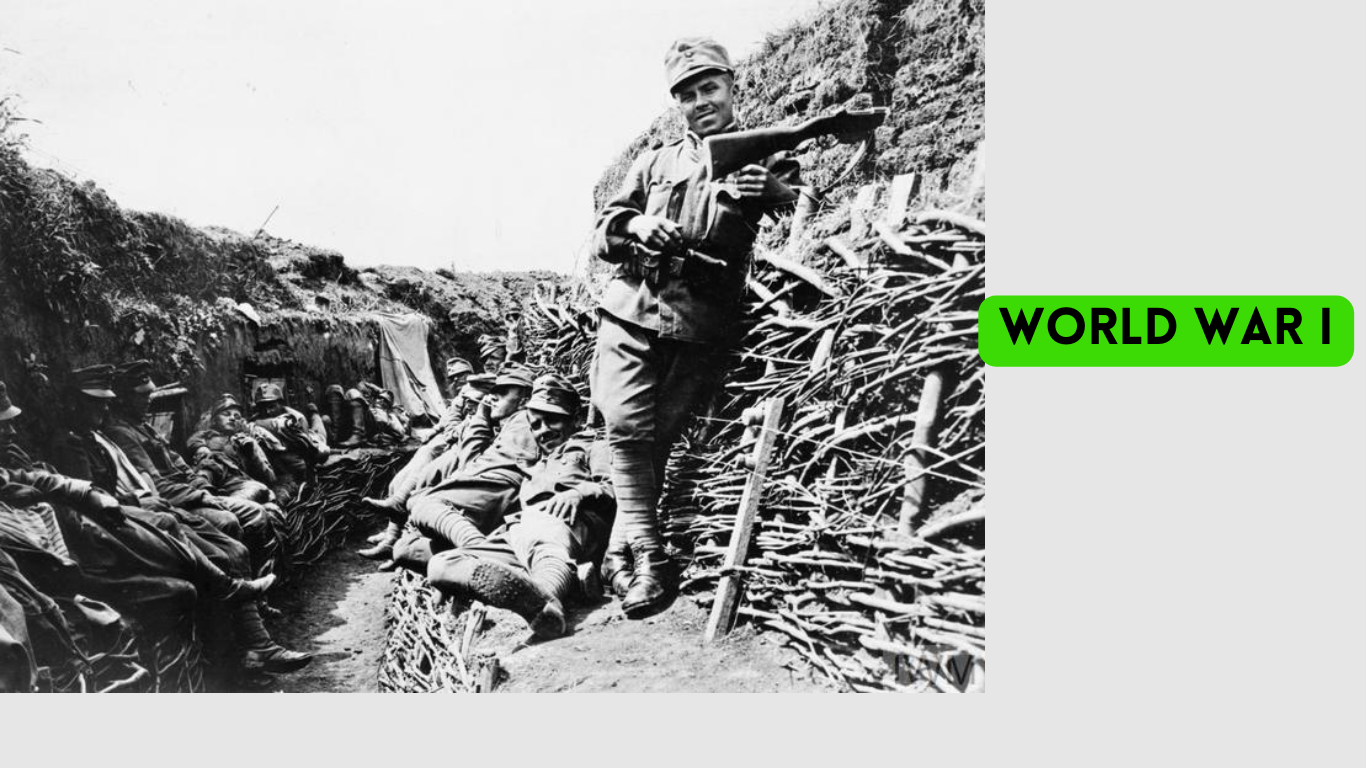
Some demonstrations were carried out for an armoured vehicle before the war. After the demonstrations, the army got convinced that the use of armoured cars was incompatible with the tactics that were being used in the cavalry during that time. The army was completely dependent on heavy cavalry in the battlefield and when the old strategy was working fine, there was no need to invest in new technology. Moreover, the Austrian empire had very limited industrial capabilities. The number of renowned manufacturers in the empire was minimal and they lacked the required facilities for the production of an armoured vehicle. 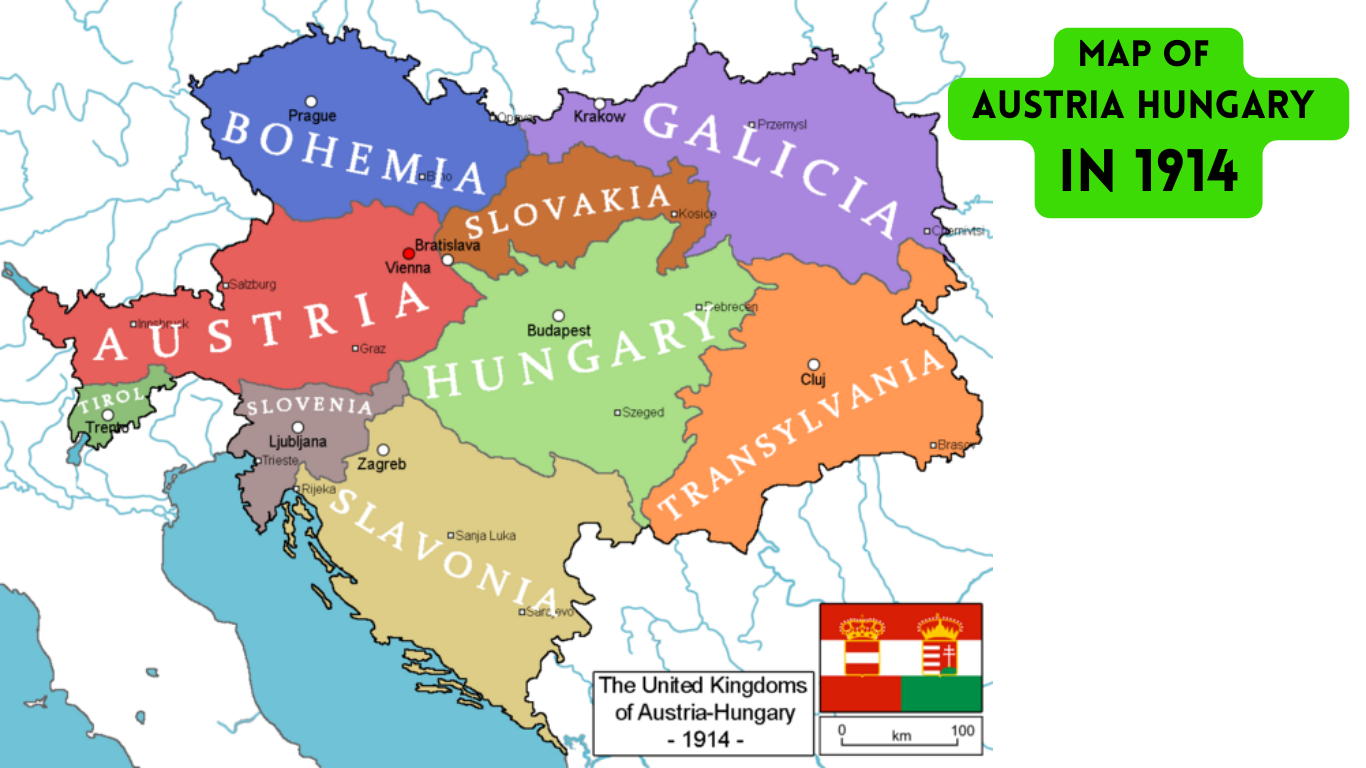
Early Development
Things changed after the outbreak of the First World War. The terror that was created by the Great War deemed an armoured vehicle necessary for an army to survive. In order to fight with full force and counter the offensive of the opponents in the battlefield, the army needed armoured vehicles. The Austro-Hungarian Military started understanding the importance of armoured vehicles after the war started. Moreover, Russia and Italy, the then opponents of the Austro-Hungarians, had already started relying on armoured vehicles as an effective complement to infantry manoeuvres in the battlefield. And the Austro-Hungarian Army did not want to lag behind in any case and was convinced that in order to win the war they needed armoured vehicles.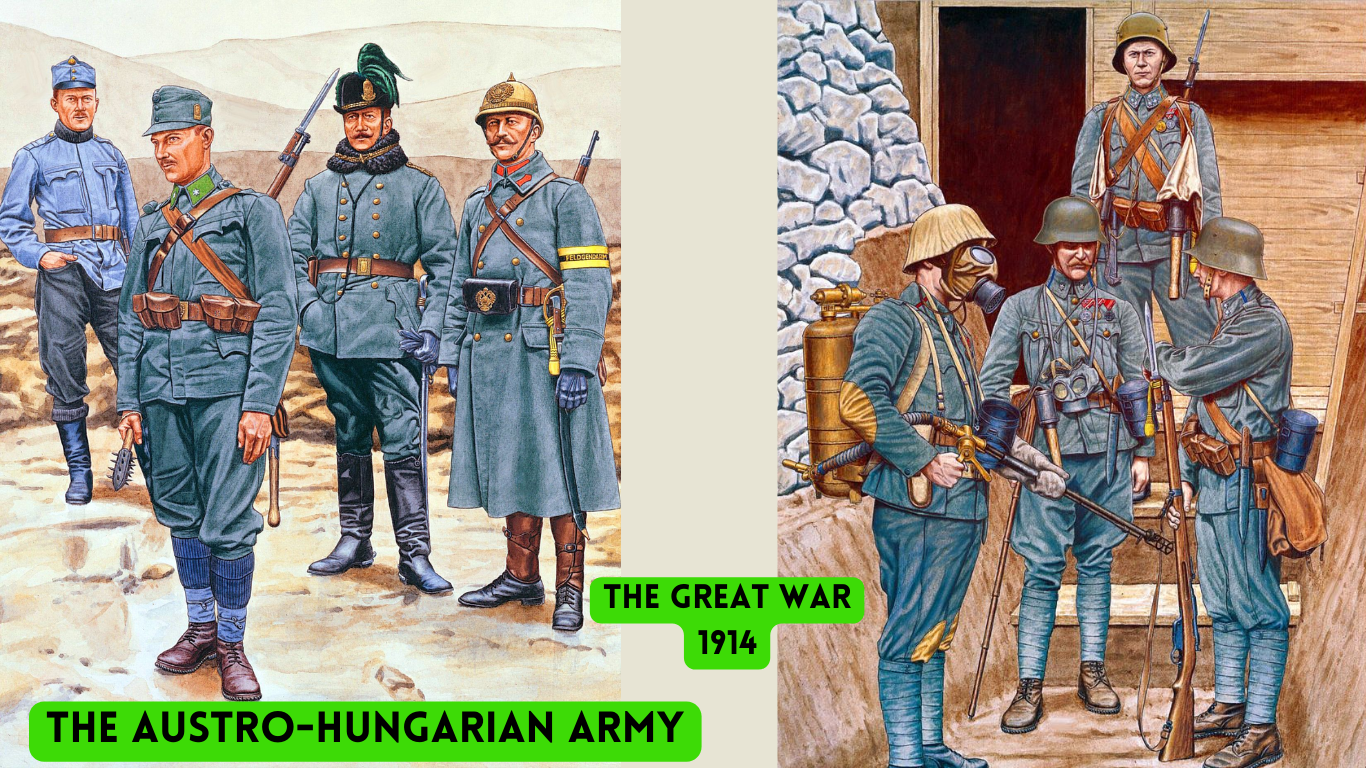
It started laying emphasis on their production of armoured vehicles but the process of development of the vehicle in the Austro-Hungarian Empire was extremely slow. When it was taking much longer than expected, a young officer, Hauptmann Junovicz, decided to take the initiative in developing the car.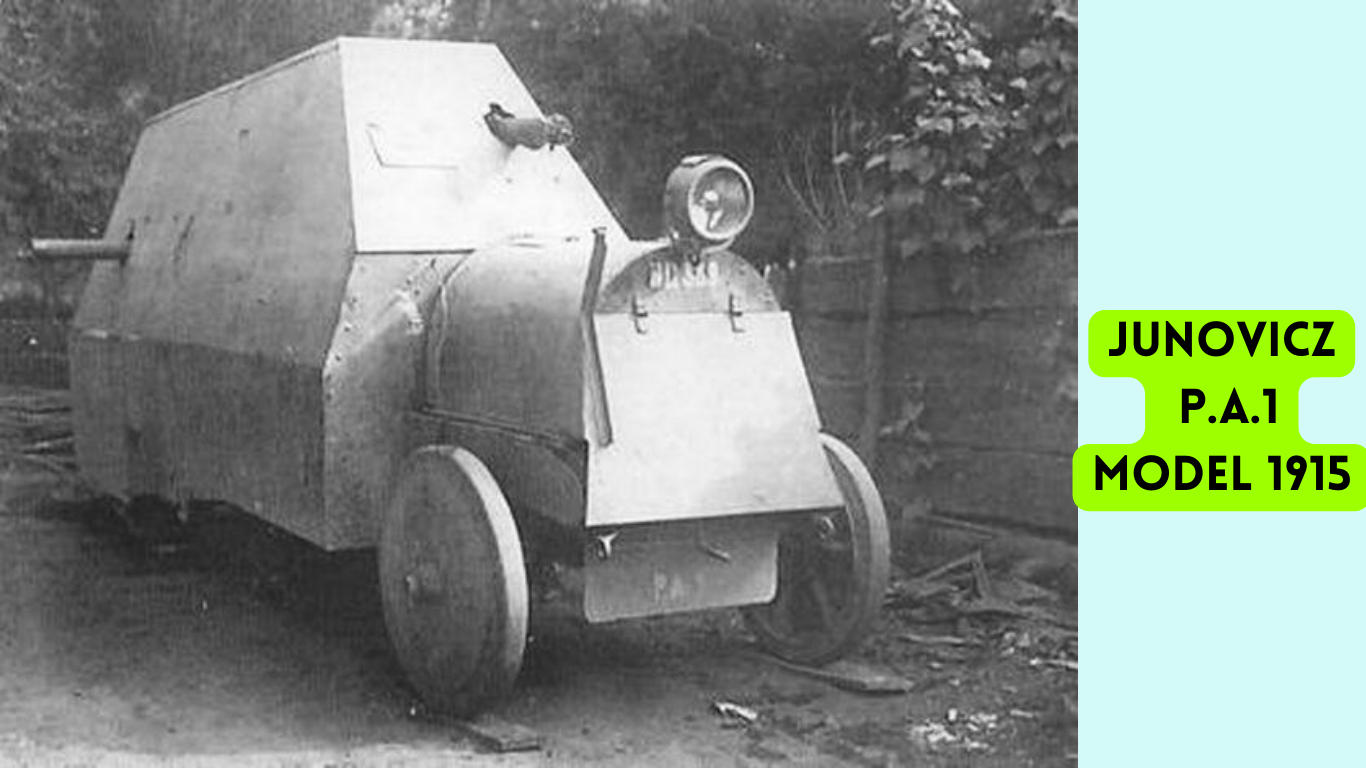
He developed the vehicle in 1915 and it was named Junovicz P.A.1. after the surname ‘Junovicz’ of the young officer who had created it. The vehicle was also called Panzer Auto1.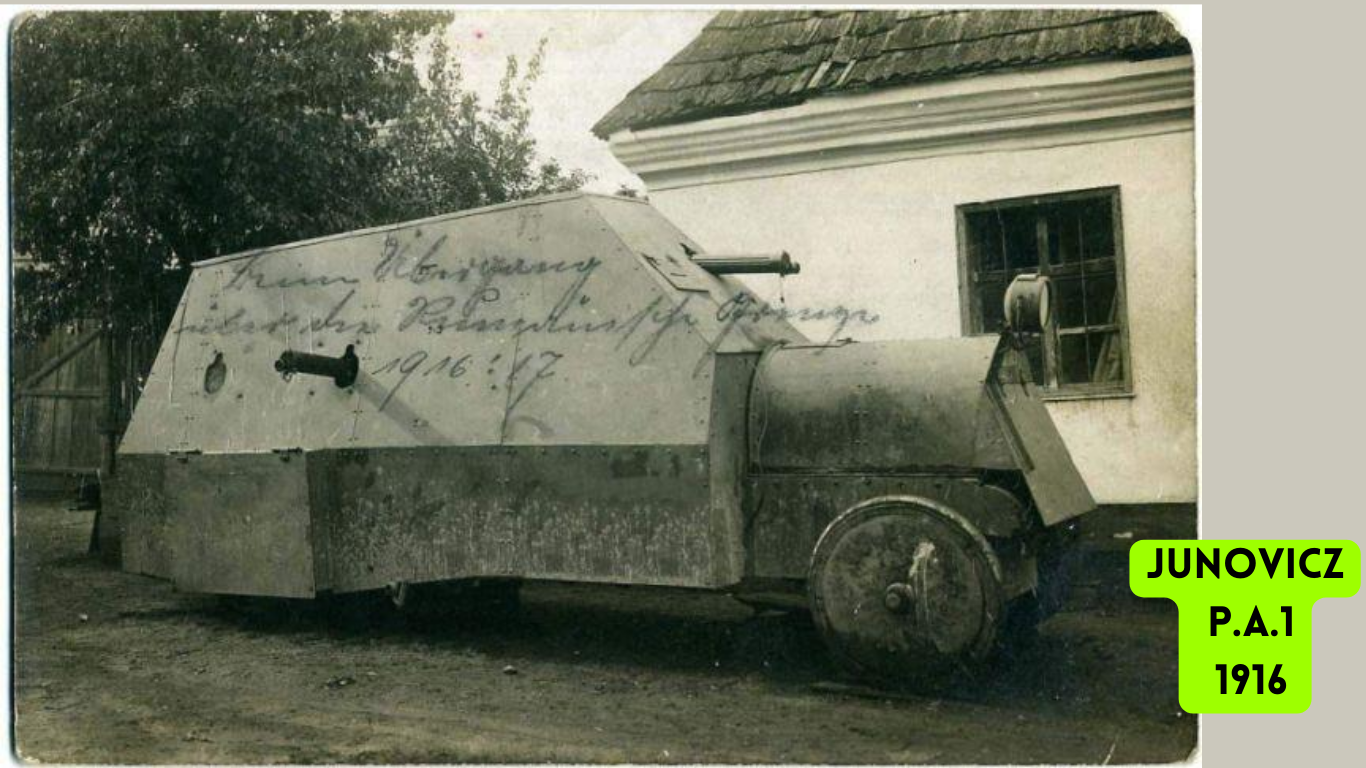
Like other armoured vehicles that were developed during the war, the P.A.1 was also built on the chassis of a commercial truck. The Fiat 40 PS lorry, which was sourced in Italy and built under local licence in Austro-Hungary was chosen for the task. Hauptmann Junovicz had developed the vehicle on the existing chassis of the Fiat vehicle. The Fiat truck was the backbone of the Austro-hungarian car. 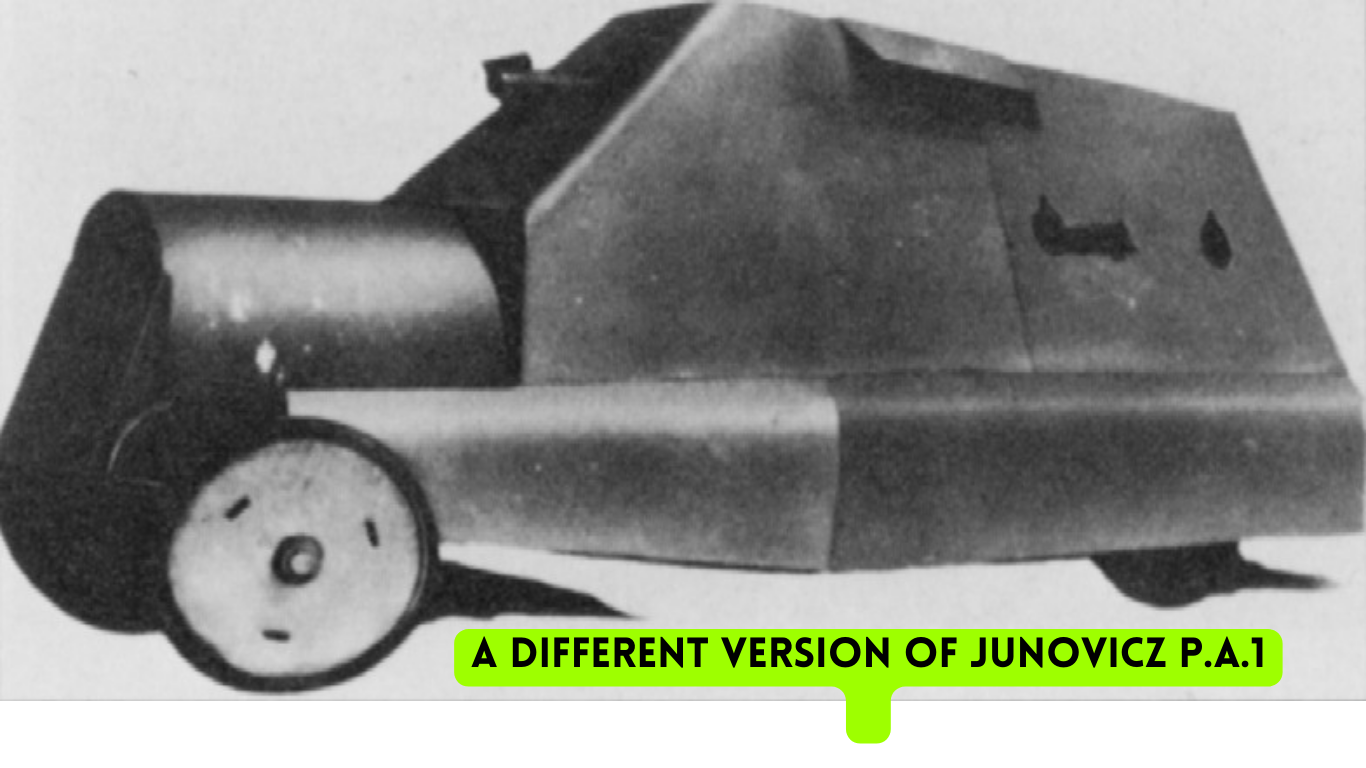
Design of the Junovicz AC
In the first glance, the Junovicz looks relatively crude and unsophisticated as compared to other armoured cars made during that time.
It was essentially a standard truck chassis that had a slab-sided, boxy armored hull. In order to protect the crew of five members, a box shaped armoured superstructure was added to the chassis of the truck. 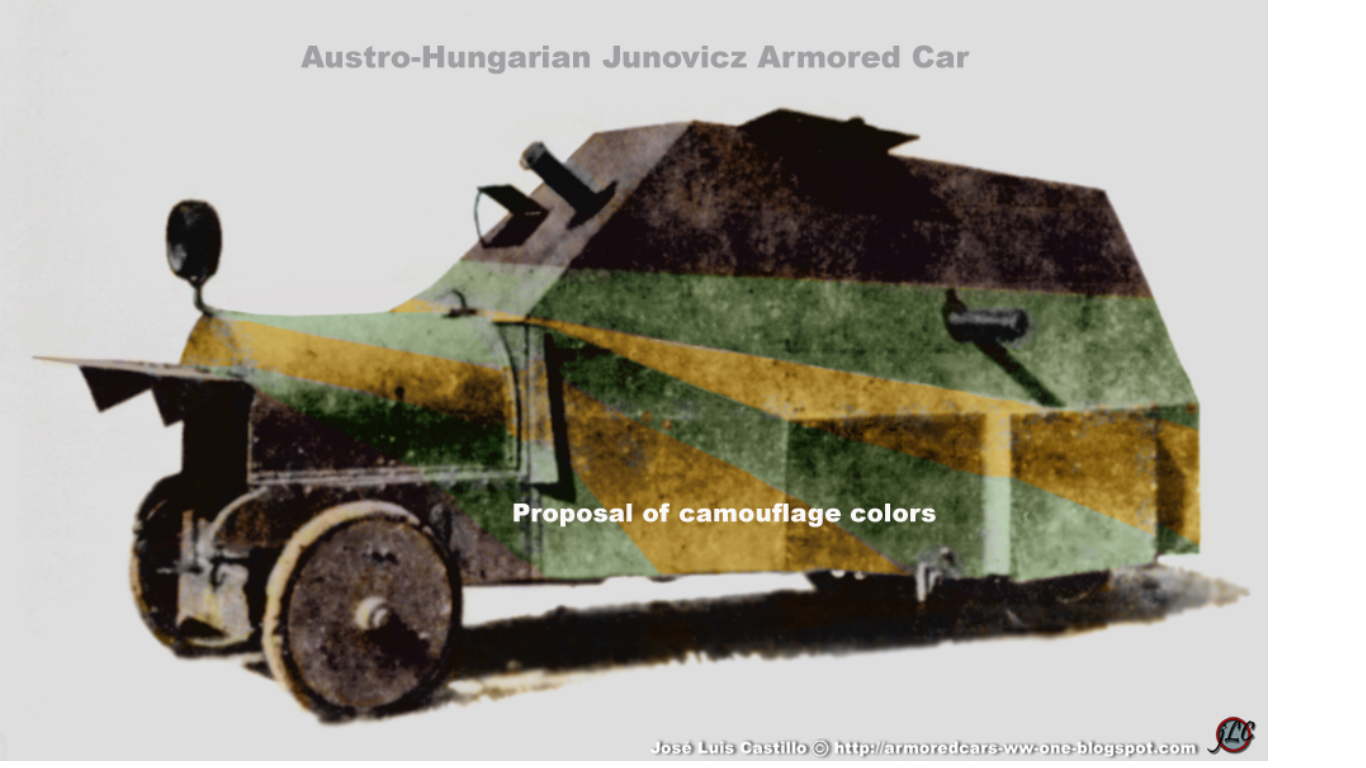
The hull was made of a framework which held in place bolted armour plating that had a thickness of 7 mm at the front and 5 mm on the sides. The thickness of the armour plate was good for protection against small arms fire, but it provided little protection against heavy artillery.
The overall weight of the car was estimated to be 4 tons.
It was 5.7 metres long, 1.9 metres wide and 3.5 metres high.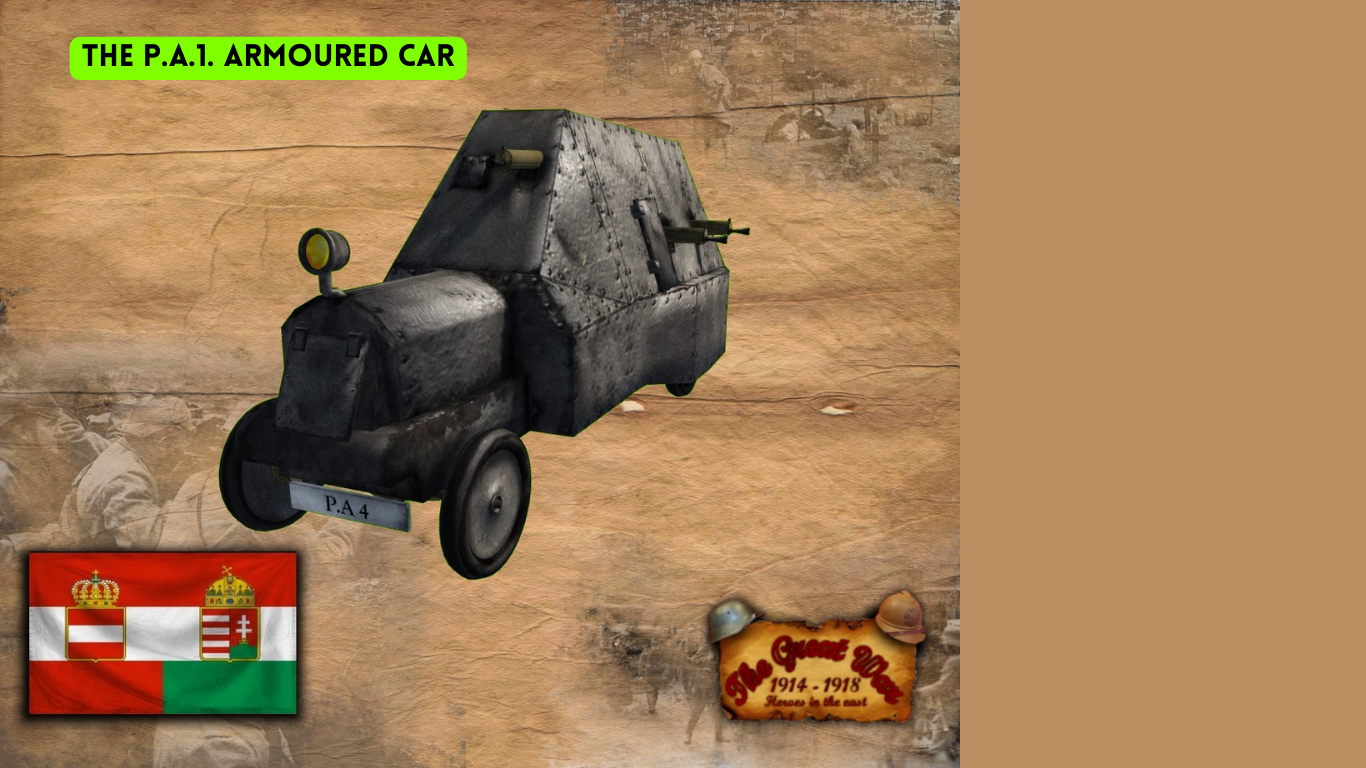
The P.A.1. was larger, heavy and was difficult to handle due to its weight. The vehicle had many other shortcomings like the other armoured vehicles that were developed during that time.
The vehicle was powered by a Fiat 12-litre 4-cylinder petrol engine that generated 40 horsepower. It had a top-speed of 20 mph on the road and had a range of up to 217 miles.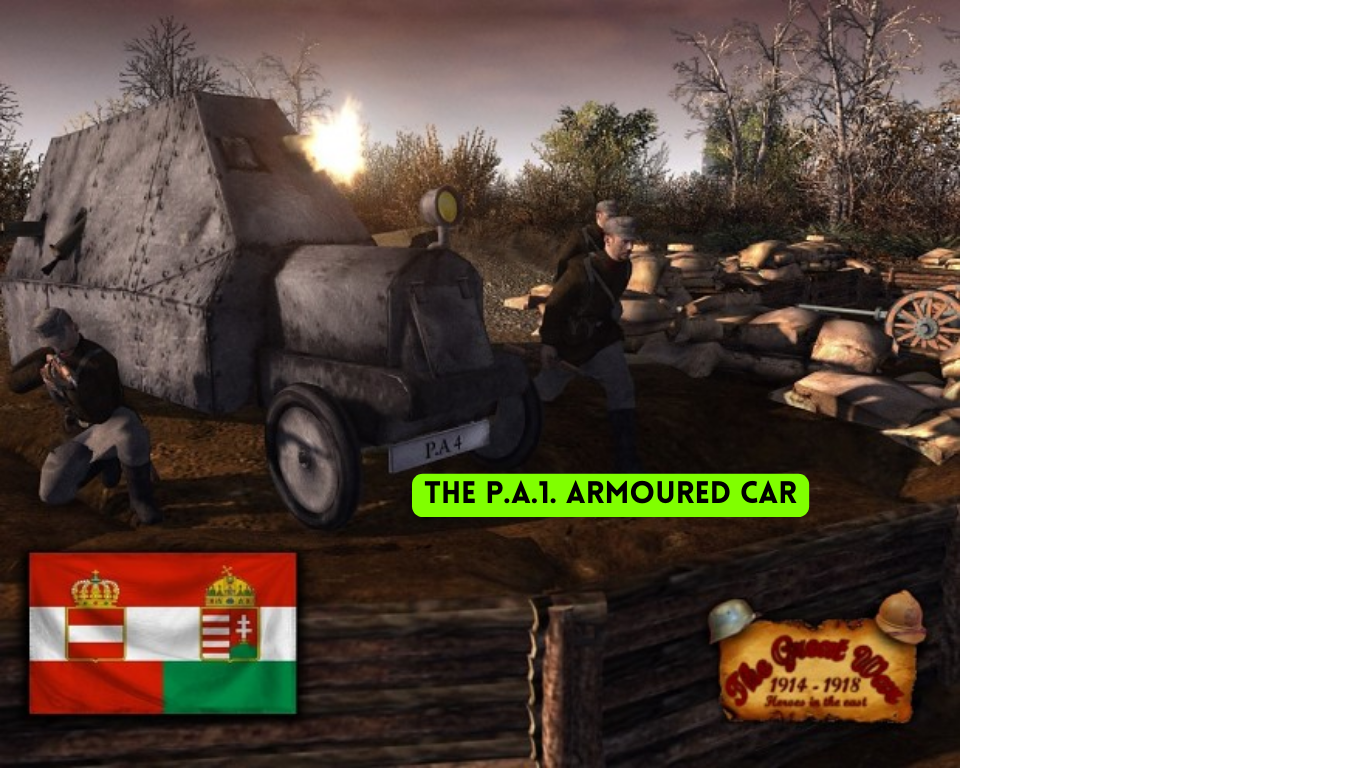 The vehicle was equipped with two to three 1907/12 Schwartz Ross machine guns. Out of the two guns one usually faced the armoured superstructure.
The vehicle was equipped with two to three 1907/12 Schwartz Ross machine guns. Out of the two guns one usually faced the armoured superstructure.
There were two ports on each side of the hull and the remaining guns were attached to any of the four firing ports on the side of the vehicle.
The crew consisted of the driver, the commander, two machine gunners and a dedicated loader. An additional member could be accommodated depending on the armament carried.
The ordnance designation of the vehicle was Panzer Auto 1:P.A.1.
Variants and Military Operations
Three main variants of the vehicle were produced. In the first batch there were three cars and these three units of Junovicz were developed on Fiat 40 PS chassis. These vehicles were delivered in 1915 and were used in the battle during that time.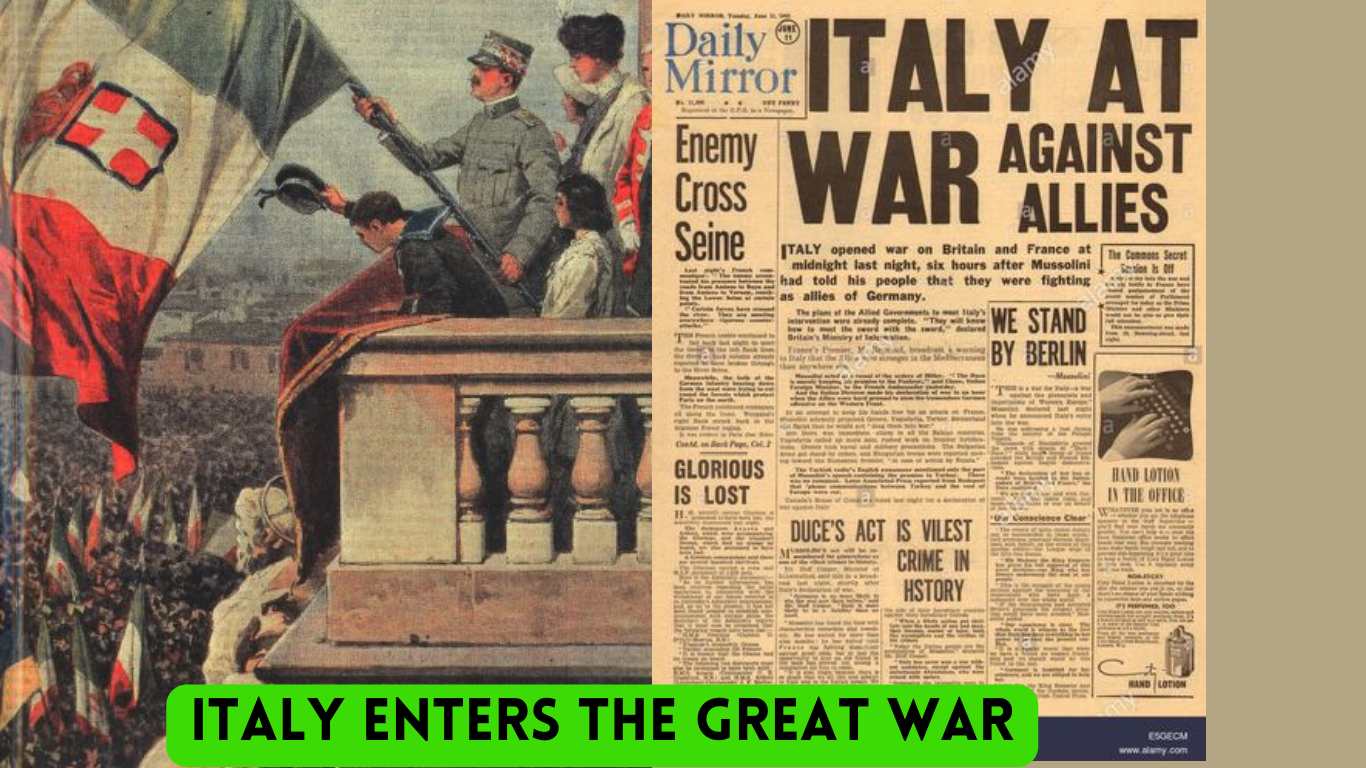
The fourth and fifth units of the car were made in 1917. These cars were a great addition to the automotive inventory of the Austro-Hungarian military.
The fourth Unit was built on the chassis of a Bussing 36 Truck in 1917 while the fifth was made on the chassis of a Saurer 34 truck during the same year.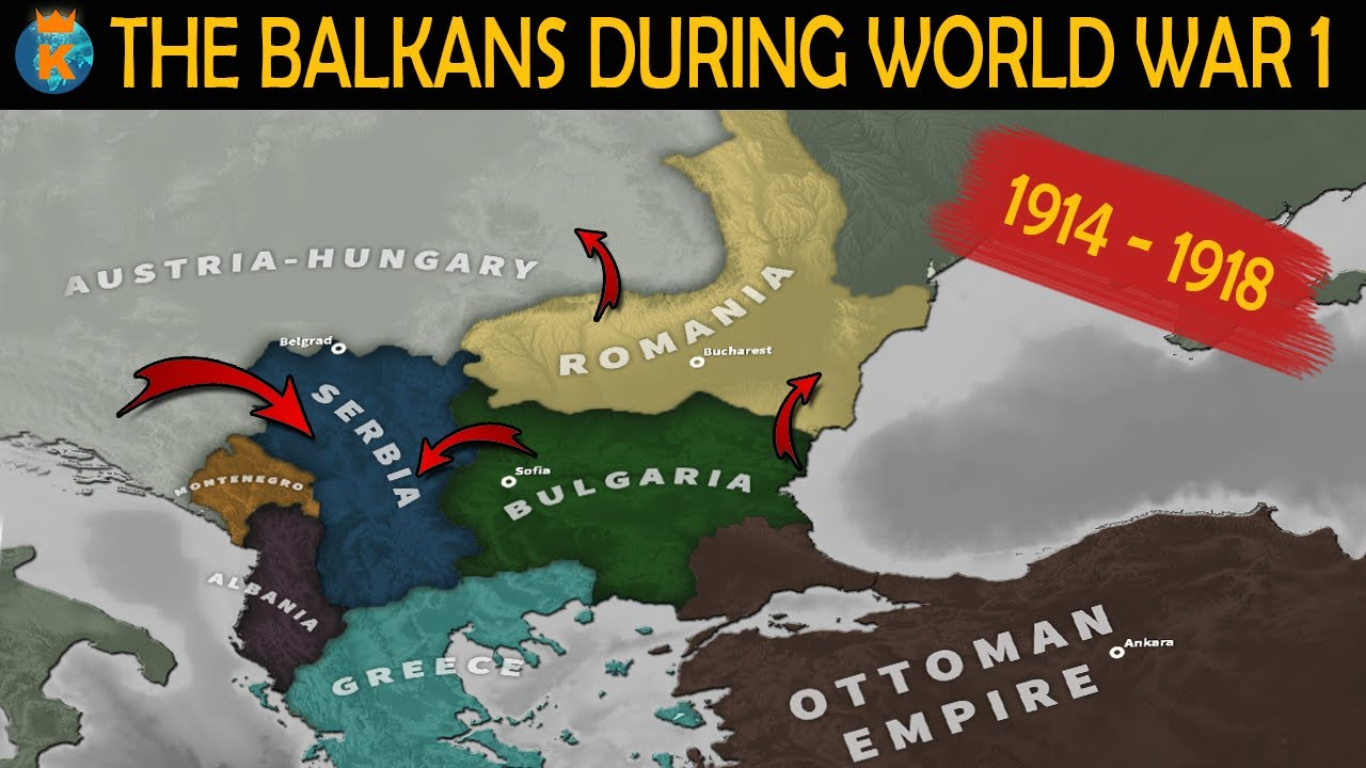
Due to the nature of the terrain they were engaged on, it is believed that they might have been engaged in the Balkans and Russia.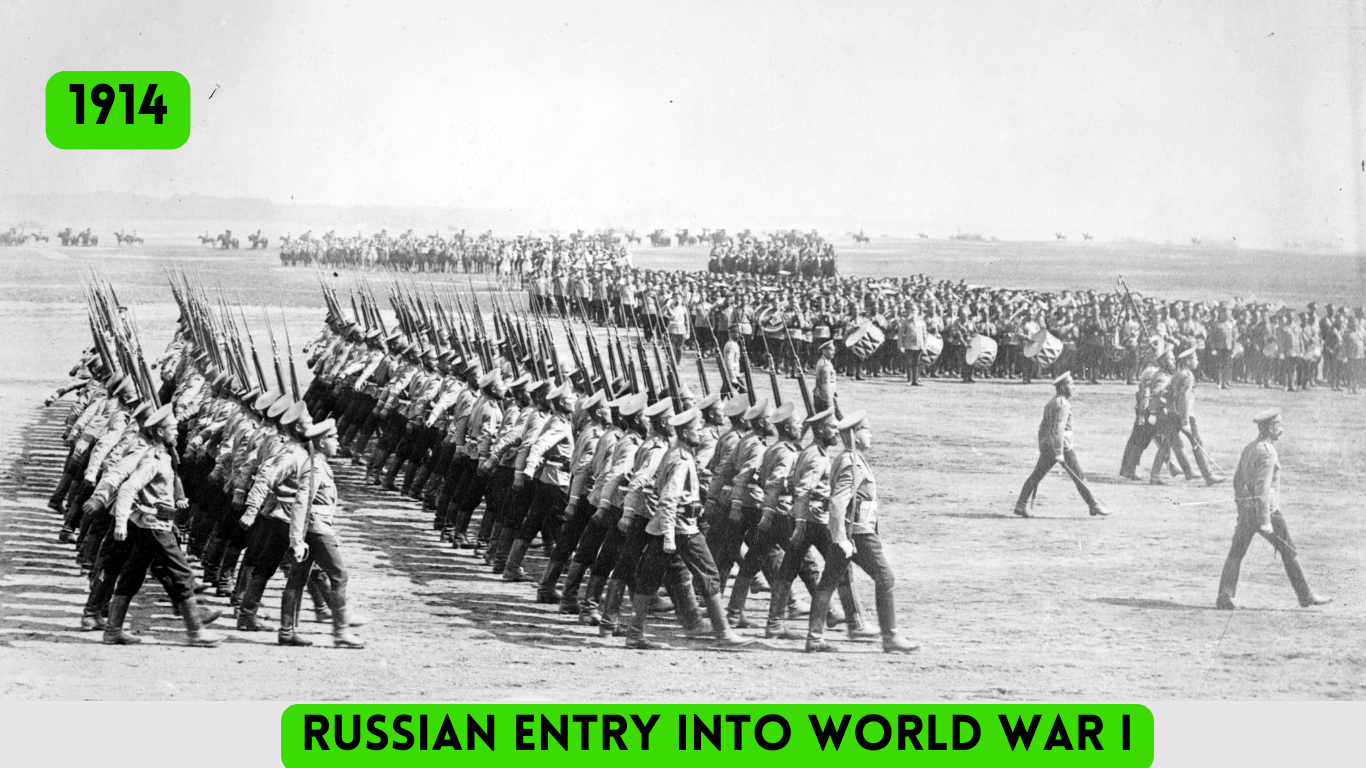
It is assumed that the 1917 versions were painted in a dull grey pattern which was the common colour for armoured vehicles during that time.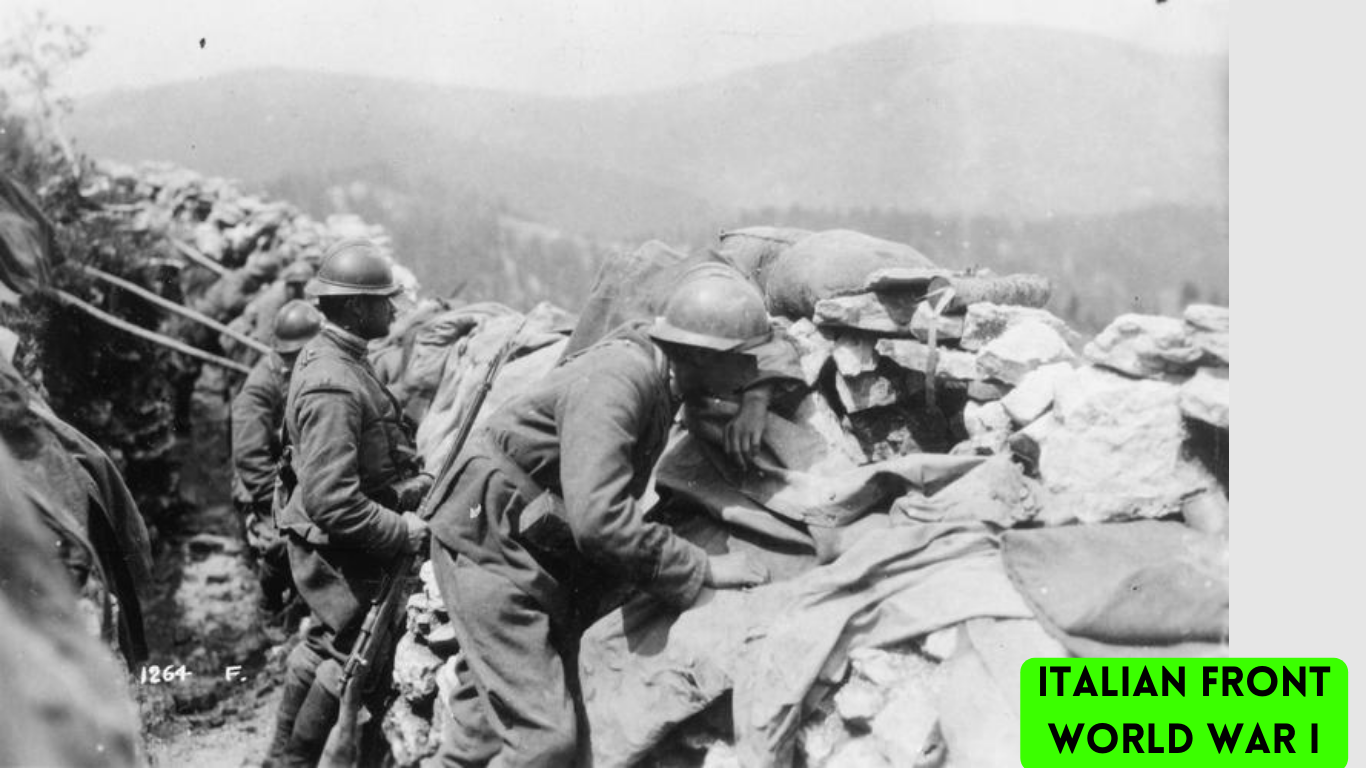
An account from 1918 tells us that a platoon of armoured cars was engaged on the Italian front with two Junovicz cars.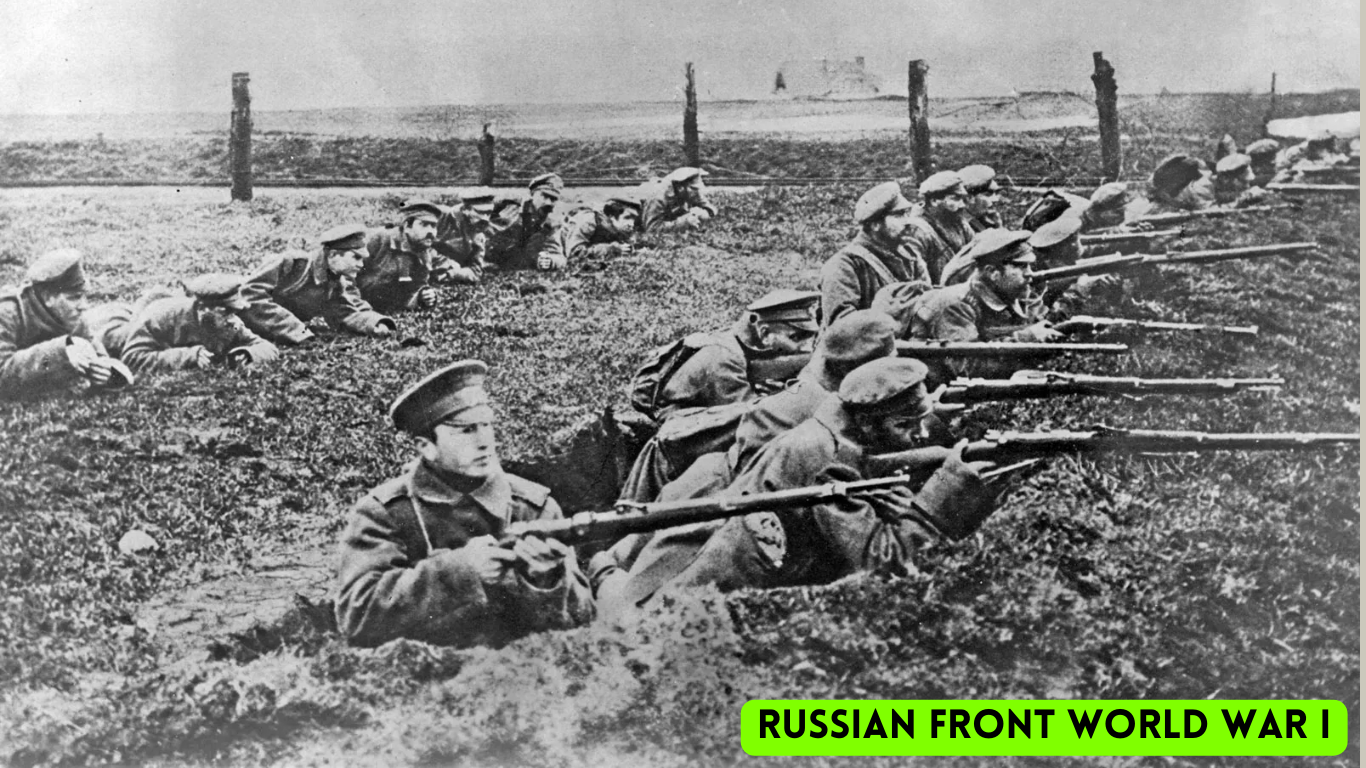
We do not have much details about the performance of these vehicles during the operations. Though not much is known about the operational existence of these vehicles, it is generally believed that the series did not make much progress in the combat operations. Italian and Russian fronts had difficult terrains and the vehicles failed to perform on the rough terrain it encountered during the war.
Through this article we have shared information about the terror created by The Great War that made the Austro-Hungarian Military realize the importance of an armoured vehicle in the battlefield. The P.A.1. Armoured Cars were produced by the Austro Hungarian Empire during World War I. The ordinance designation of the vehicle was Panzer Auto 1: P.A.1. Through our article series, ‘Evolution of Military Vehicles’, we bring out the most celebrated vehicles from the Military Automotive World. To find out more about our latest stories, keep checking our website. In case of any query, feel free to contact us.